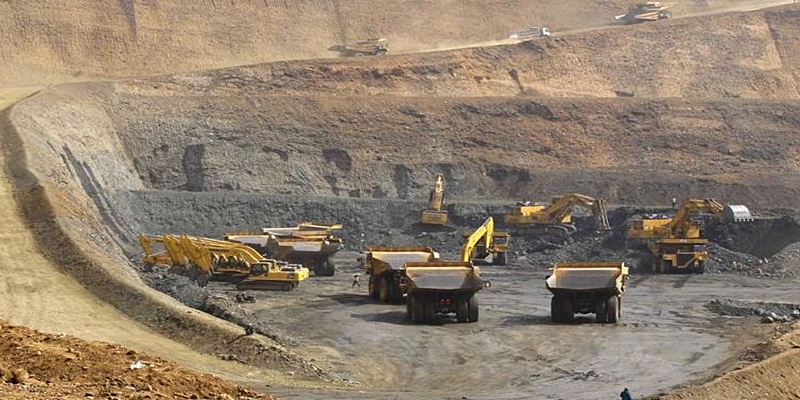The Impact and Outcome of The Pandemic on The Mining Sector in Africa

Mining is one of Africa’s most important industries. It has contributed significantly to economic growth, has been instrumental in the development of infrastructure and is a major driver for improved socioeconomic indicators across the continent. With its business model dependent on global supply chains and confined working spaces, one would think the mining industry to be a perfect victim of the COVID–19 pandemic. However, within 6 months of operational disruptions, the African mining industry proved to be relatively resilient, with mining companies enjoying increased gains as platinum basket prices climbed and investors turning to gold as a safe investment.
During the height of the pandemic (March 2020), the worst hit mining commodities included diamonds and platinum group metal (PGM) outputs from South Africa. South Africa was an exception to the remainder of the African continent as most African governments avoided imposing strict restrictions on their production operations and their supply chains due to the industry’s economic importance. However, with the easing of lockdown restrictions, diamonds and PGM production levels soon increased by May 2020. Meanwhile, in both the Congo (DRC) and Zambia, copper and cobalt operations rebounded significantly as commodity prices rapidly recovered after the initial fall in March 2020. Gold producers in West Africa benefited from higher gold prices and boosting royalties. These elevated gold prices also benefited Tanzania, that caused an increase in their mining revenues to an historical high.
Given the sector’s size and resilience, numerous African governments have set in place recovery plans to ensure that the industry is not hindered in the future. For example, in Nigeria, the President has backed a reform of the mining sector to kickstart both artisanal and industrial gold production. While in Angola, the government has given incentives to diversification plans to attract investment in prospective diamond, gold and iron ore deposits, while Kenya has unveiled plans to establish a gold refinery to formalize the nascent sector. In South Africa, a recovery plan was put in place to ensure that mining remains a top priority. This included the potential increase of South Africa’s global share of exploration expenditure from the current 1% to 3%, a boost in investor confidence by making plans to simplify mining regulations and fast-track approvals so that mining and environmental permits are granted faster.
Since June 2020, the South African mining industry has indicated its resilience and capability to strengthen the South Africa economy. This was evidenced by the 4% total revenue growth in the industry for the year that ended 30 June 2020. Driving commodities behind this growth were the PGMs; gold as well as iron ore, which saw an increase in revenue for the 12-month period. As the industry continued to strengthen, the mining industry contributed to driving a 1.1% growth in the South African economy during the first quarter of 2021. This translated into an annualised growth rate of 4.6% whereby the mining industry grew by 18.1% and contributed 1.2% points to GDP growth.
Note: Despite a drop of 15,5% in PGM production in 2020, PGM sales increased by 40% due to of higher prices. Furthermore, the PGM sector is the largest contributor to mining in terms of sales. However, in contrast to coal, coal is the most significant component of mining in terms of value added. For the first time in the last decade, PGM sales overtook those of coal to become the most significant contributor to total mining-industry sales, reaching R190 billion in 2020. This was more than the value of iron ore and gold sales combined. (Source: StatsSA)
The pandemic highlighted the importance and the key role the mining sector plays in economic recovery and the absolute need to ‘build back better’. Furthermore, the pandemic highlighted the need to put measures in place such as increased automation and technological advancements to ensure that mines remain undisturbed during global disruptions.
By Yaa Agyare-Dwomoh
Consultant: Frost & Sullivan Africa
